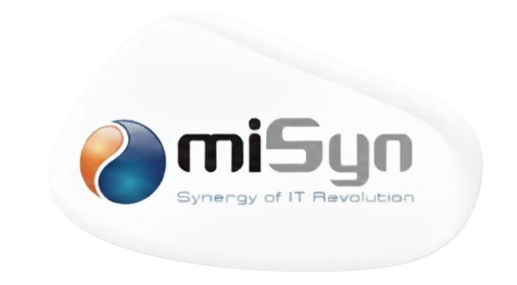For decades, the monolithic architecture has been the bedrock of the insurance industry's IT landscape. In this model, all components of an application—the user interface, business logic, and data access layers—are intertwined into a single, unified unit. It’s simple to develop, test, and deploy initially. However, as a company grows, this simplicity becomes a straitjacket.
The alternative, microservices architecture, has emerged as the modern paradigm. It structures an application as a collection of loosely coupled, independently deployable services. Each microservice is a mini-application responsible for a discrete business capability, such as "policy administration," "claims processing," or "billing."
Let's break down the comparison:
The Monolithic Architecture: The Pros and Cons
Pros:
- Simplicity: Easy to develop and debug as everything is in one place.
- Straightforward Deployment: A single package is deployed.
- Performance: Inter-process communication is often faster as it happens within a single process.
Cons:
- Scalability Challenges: You must scale the entire application, even if only one function is under heavy load.
- Technological Lock-in: The entire system is built on a single technology stack, making it hard to adopt new languages or frameworks.
- Development Bottlenecks: A small change requires building and deploying the entire monolith, slowing down release cycles.
- Reliability: A bug in one module can potentially bring down the entire application.
The Microservices Architecture: The Pros and Cons
Pros:
- Agility & Speed: Small, autonomous teams can develop, deploy, and scale their services independently.
- Technological Freedom: Each service can be written in a different programming language and use the database that best fits its needs.
- Resilience: The failure of one service does not necessarily crash the entire system.
- Scalability: Services can be scaled independently based on demand.
Cons:
- Complexity: Managing a distributed system is inherently more complex. You need to handle service discovery, inter-service communication, and data consistency.
- Operational Overhead: Requires robust DevOps practices and orchestration tools like Kubernetes.
- Network Latency & Debugging: Communication over a network can introduce latency, and tracing a request through multiple services requires sophisticated tools.
The Insurance Context: Which Path to Choose?
The choice isn't always black and white. A monolithic application might still be perfectly suitable for a small, stable product with a simple scope. However, for large, evolving enterprises looking to innovate quickly, integrate with InsurTech partners, and scale efficiently, the microservices path, despite its initial complexity, offers the long-term flexibility and resilience required to compete in the digital age. The journey often starts with a well-architected monolith that is strategically broken apart as business needs demand.

